Abstract:
Introduction: Diabetic Macular Oedema (DMO) is the commonest reason for visual loss in all forms of diabetic retinopathy. Over 4 million people in England have diabetes with estimate of 6% of total population (1). The majority of these are type 2 diabetes, which is linked to obesity. The incidence of both obesity and diabetes is increasing (2).
Type 2 diabetes is a risk factor for cataract development (3). With better treatments and increasing life expectancy, more patients are needing cataract surgery to restore their sight. Cataract surgery is known to induce and adversely affect DMO (4). Royal College of Ophthalmologists and NICE guidelines recommend diabetic patients undergoing cataract surgery to be assessed and treated specifically to reduce rates of this preventable complication (5).
Objectives: The primary aim is to assess management of a small sample of diabetic patients undergoing routine cataract surgery at Rochdale Infirmary, Northern Care Alliance NHS Trust in England, with an aim to discuss evidence and introduce standardised care for this group of patients.
Methods: Retrospective analysis of 24 consecutively performed cataract surgery in diabetic patients between January to March 2021 was performed. The electronic patient record (open eyes) and Heidelberg Optical Coherence Tomography (OCT) macula scan were accessed. Data on patient demographics, visual acuity, operating notes, and central retinal thickness (CRT) were analyzed using Microsoft Excel.
Results: Pre-operative best corrected visual acuity (BCVA) ranged from 6/12 to counting fingers. All patients had better post operative BCVA, except two patients who had dry age-related macular oedema and worsening of DMO as a cause respectively.
8 out of 23 patients (34.8%) had pre-operative optical coherence tomography (OCT), while 5 out of 23 patients (21.7%) had post operative OCT. Only four patients (17.4%) had both pre- and post-operative OCT.
Conclusion:
The results from this audit demonstrated that there is significant variability in the management of a preventable complication. A significantly small proportion of Diabetic patients had fundus examination with OCT scan before and after cataract surgery. Appropriate use of intra operative steroid injection and post-operative topical non-steroidal anti-inflammatory drugs (NSAID) needs to be given as a standard to reduce the incidence of visually consequential DMO. This will reduce the risk of preventable complications of inflammation, worsening of DMO and post operative pseudophakik Cystoid Macular Oedema (CMO). We have since developed departmental protocols to be followed. A re-audit after implementation of above action points is planned in 6 months' time.




